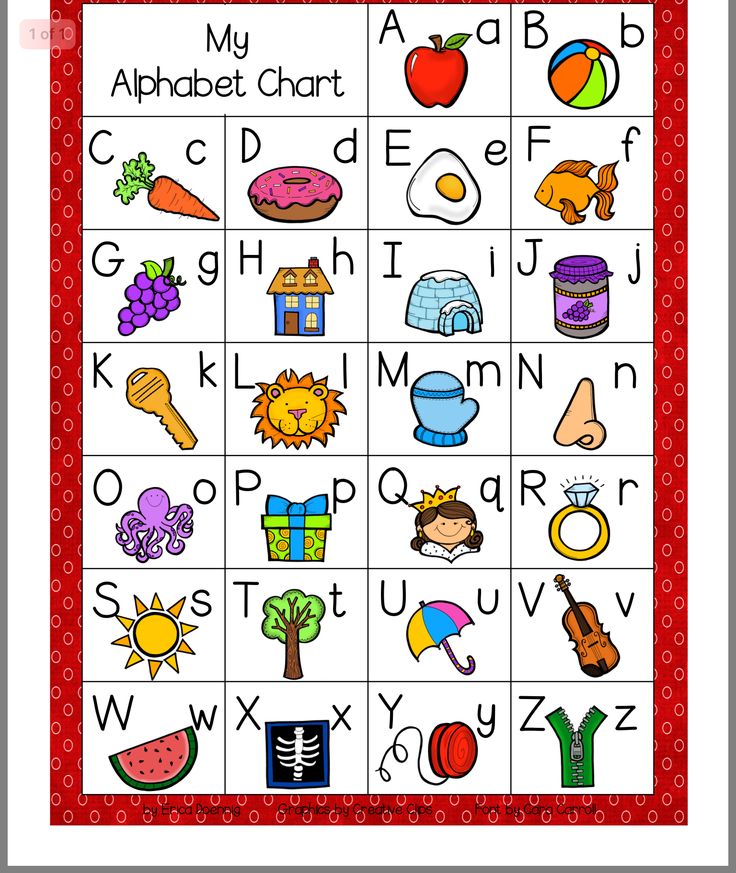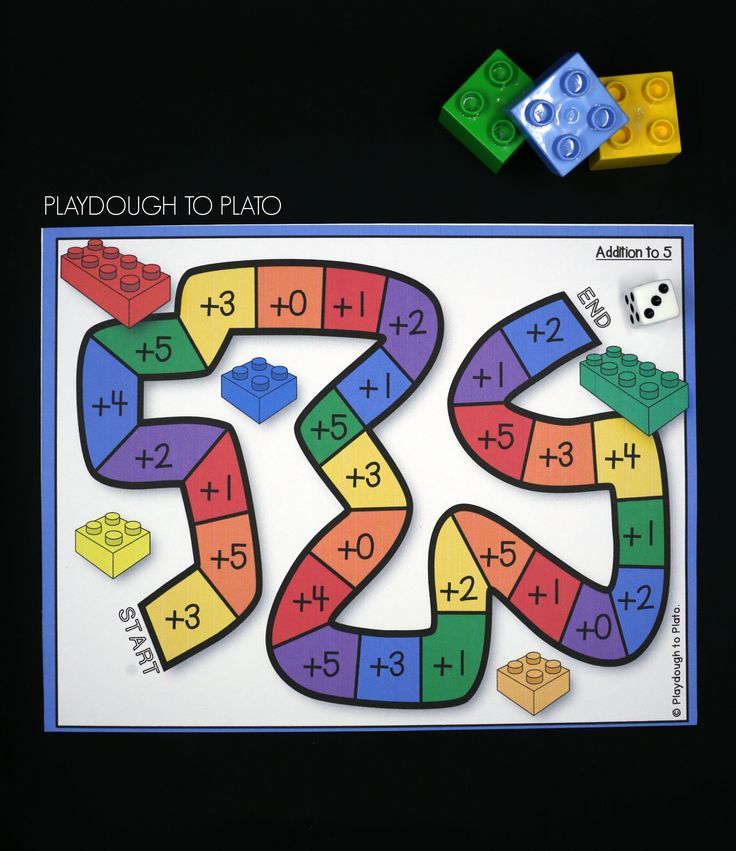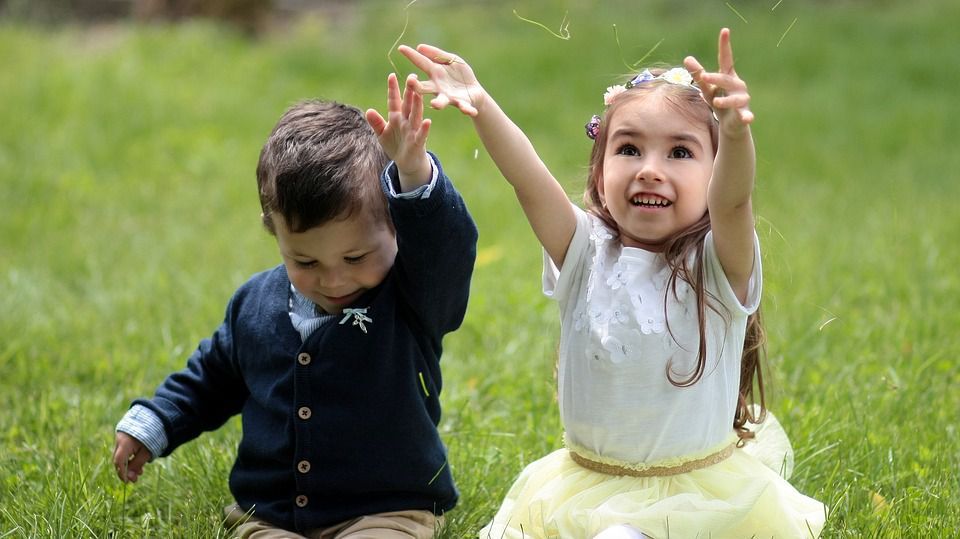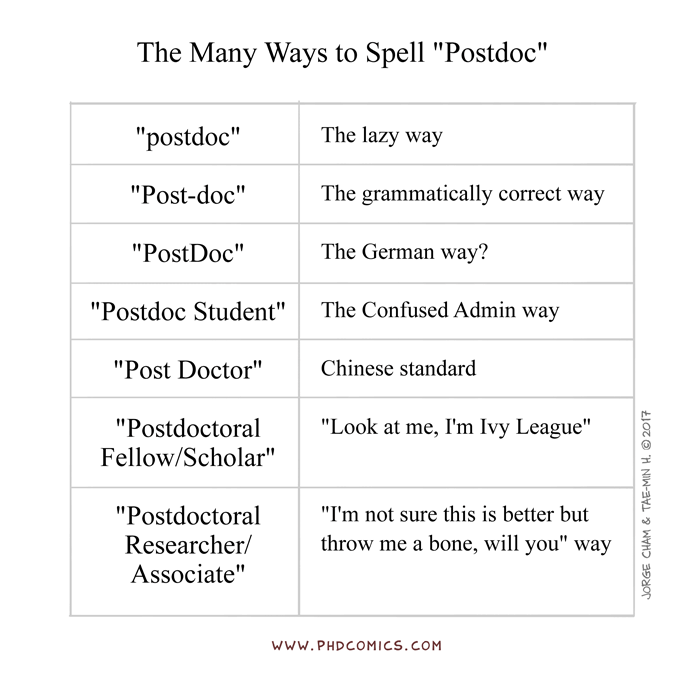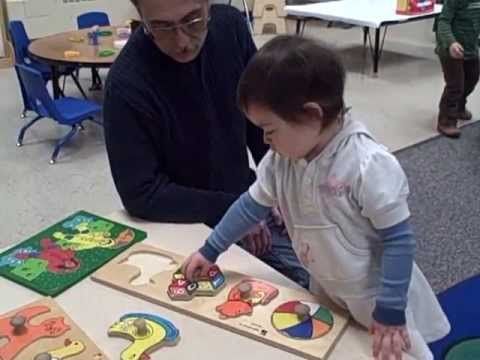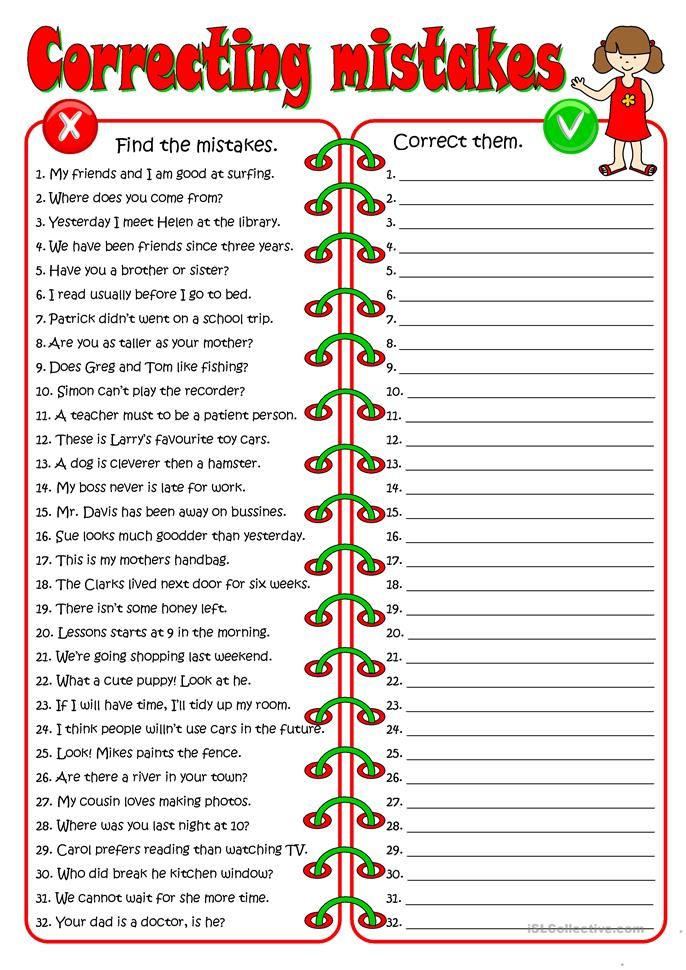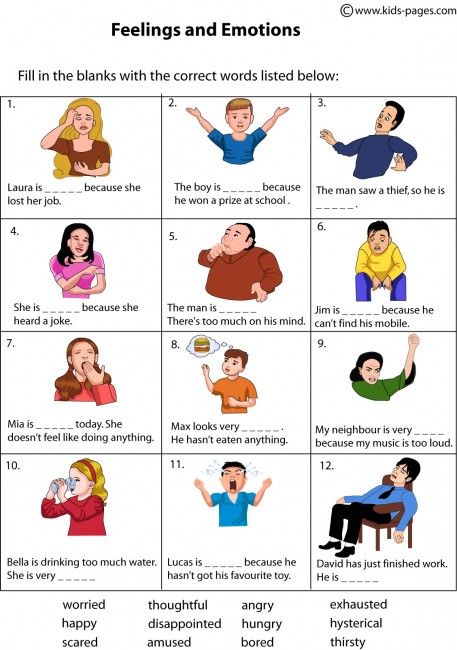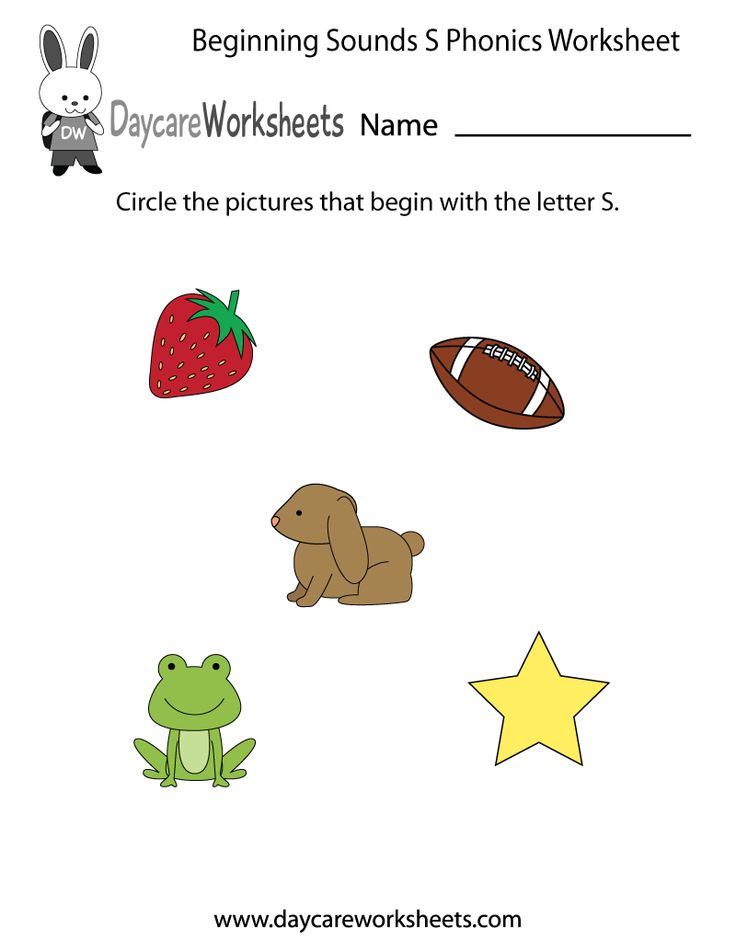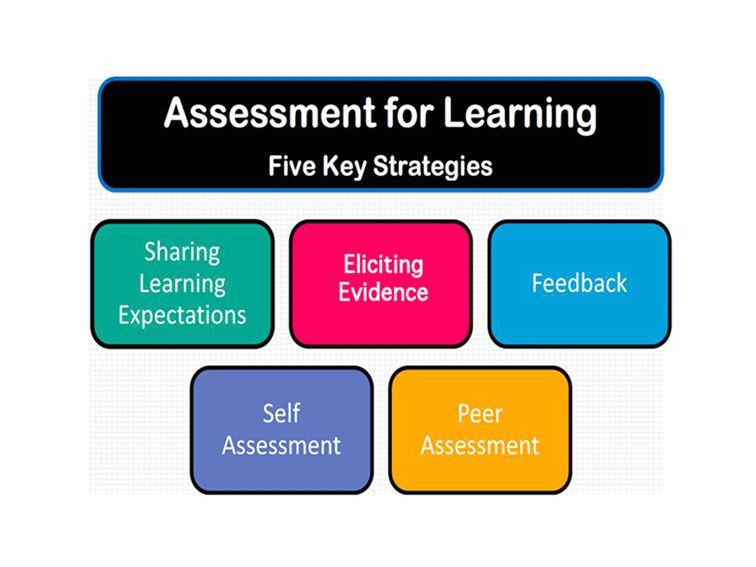Alphabets for children to learn
Teach your Child the Alphabet Here!
Anyone who has kids or has taught them will tell you how difficult it can be to get them to focus on anything for extended periods of time, especially if it’s anything educational. That’s why we’ve came up with a couple of creative options you can try to coax kids into learning and hopefully remembering their ABC’s:
Select the Alphabet to see specific activities corresponding to that letter.
Letter A Activities Letter B Activities Letter C Activities Letter D Activities Letter E Activities
Letter F Activities Letter G Activities Letter H Activities Letter I Activities Letter J Activities
Letter K Activities Letter L Activities Letter M Activities Letter N Activities Letter O Activities
Letter P Activities Letter Q Activities Letter R Activities Letter S Activities Letter T Activities
Letter U Activities Letter V Activities Letter W Activities Letter X Activities Letter Y Activities
Letter Z Activities
Here are some other ways:
Drive Somewhere:
This one is fairly easy to pull off, especially if you drive your kids on the morning school run. All you have to do is point at things like billboards or licence plates and have your children work their way through the letters on it.
It’s an interesting way of learning and it has the added benefit of keeping your kids amused on those long haul journeys or when you’re stuck in traffic.
Alphabet Challenge:
This one can be a lot of fun if you do it right. What you need to do is call out a series of letters or show your children letters on a board for a few brief seconds then have them write a word associated with that letter.
So for example, you would say the letter ‘b’ and they would then have to write ‘ball’, ‘bee’ or if they’re trying to show off ‘byzantine’, although the latter would probably be a bit of a fluke.
Make Alphabet Snacks:
It’s common knowledge that kids love snacks, they will devour everything animal shaped or colorful that’s put in front of them like a pack of tiny piranhas. So what better way to funnel this hunger than by making them snacks based on the alphabet.
So what better way to funnel this hunger than by making them snacks based on the alphabet.
However, instead of turning them loose on the undefended cookies you could tell them to only eat one specific letter.
For example, they can only eat something that’s shaped like the letter ‘a’. That way they start to associate learning the alphabet with treats, which in turn helps to motivate them to learn more.
Sing-Along-Songs:
Sing-Along-Songs are perhaps your best weapon in the war against getting your kids to learn the alphabet. These catchy little tunes are always fun to sing with your children and they will always love a chance to sing a silly song.
If you really want it to stick you could do it every day to maximize the effects of the hypnotic melodies.
Alphabet Bingo:
This one is a ton of fun to play and set up; you can try wrangling your kids in to help you make the cards. For bonus parent points you could let them customize their cards, which will in turn help nurture their own creativity.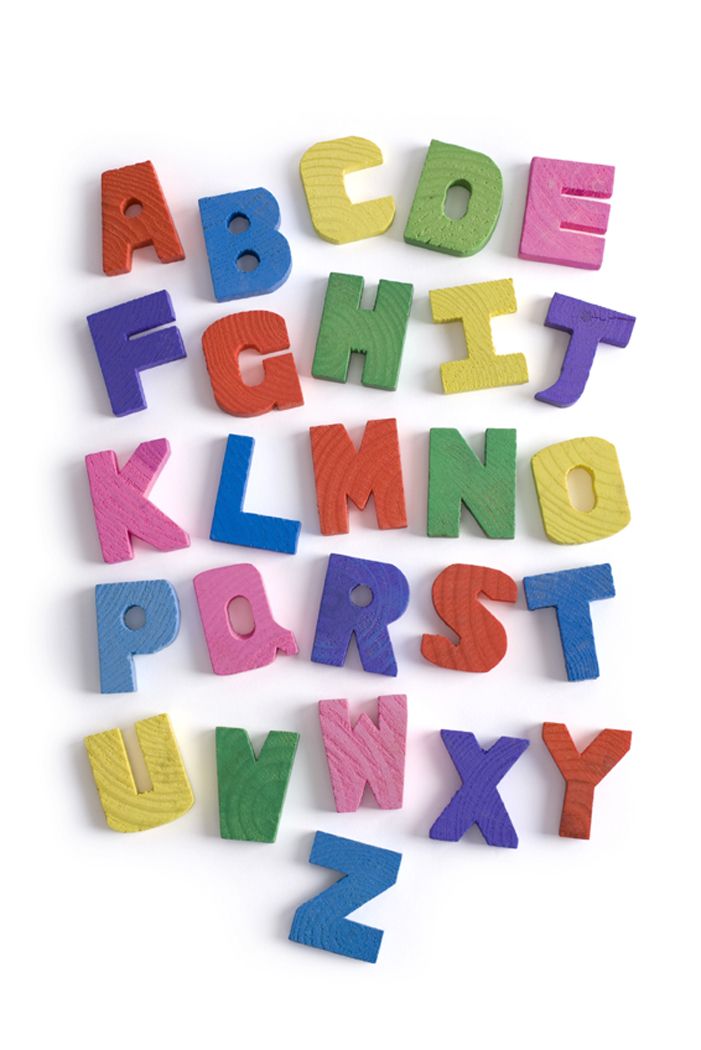
How it works is, you sit your kids down and they each have a card with a series of letters on it, you then sound out the letter as if you were a bingo caller and the kids tick off the appropriate squares on their card. The first child to fill in their card or make a horizontal or vertical line is the winner.
If you want to get really creative you could say words instead of letters and the kids can mark off the first letter of the word. Or if you want to help them with their spelling you could change it to the second, third or fourth letter, although you should make sure the letters you’re using will appear on the cards.
Alphabet Bag Game:
Last, but not least is the Alphabet Bag game. This activity is pretty straightforward to set up; you need a bag and an assortment of items.
Once you have your bag you then show the contents to the kids and ask them to pick an item beginning with a specific letter out of it without looking. If they get it right they win, simple as that.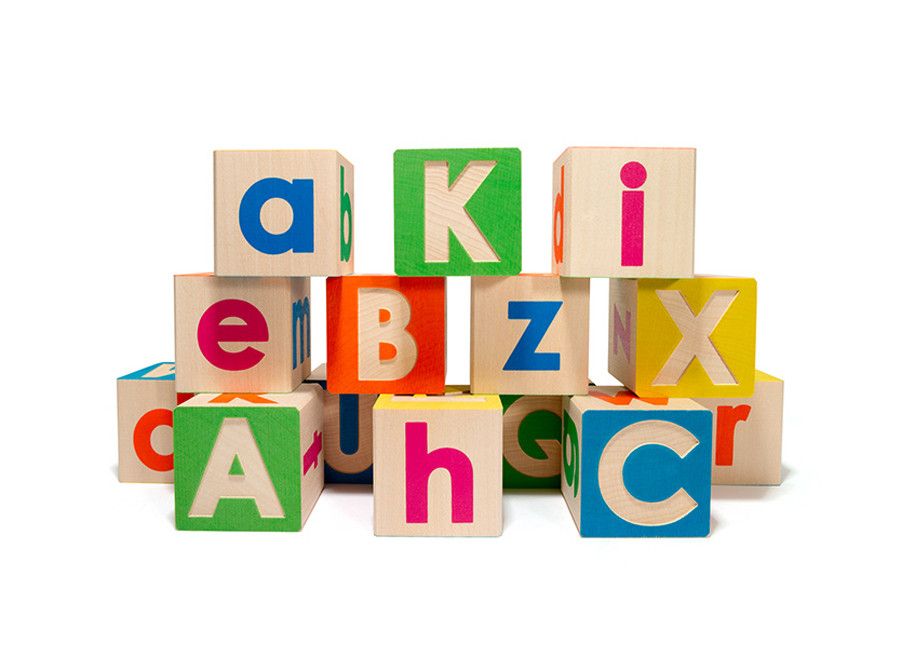
These are just a couple of creative ideas you can try to help your children learn the alphabet, each child will take to these various activities differently, it just depends on how fun you make it for them.
When you’re making your own game at home just remember that your main focus of the activity is to make it as fun as possible for your kids, otherwise they won’t show any interest in it at all.
How to Teach the Alphabet to Preschoolers + 8 Free Printable Activities
by Marie Rippel
Is your preschooler ready to learn the alphabet? If so, this post is for you! Jam-packed with letter recognition activities designed to help you teach the alphabet, this post contains enough fun to keep your child busy for months!
Read on to discover more about this valuable pre-reading skill for young children, or scroll down to download eight of our free, top-quality letter recognition activities.
What Is Letter Recognition?
Letter recognition—also known as alphabet recognition—is the ability to:
- distinguish between the 26 letters of the alphabet
- say the letter name
If your child already knows “The Alphabet Song,” that is a great start! But there is more to letter recognition than being able to sing the ABCs.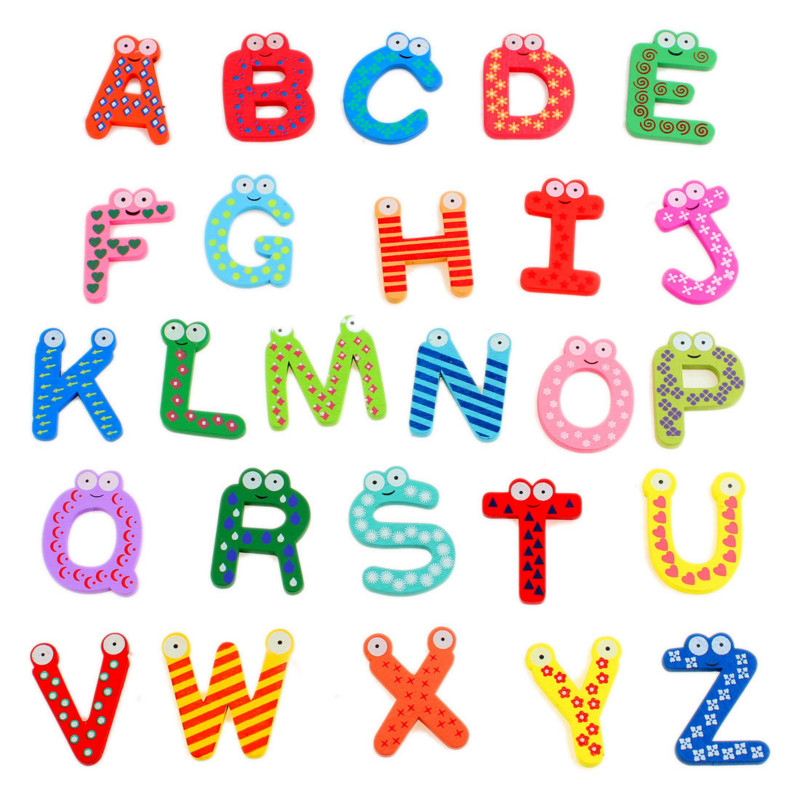 You want your child to be able to pick out the individual letters and name them, and that’s where the downloadable activities that follow really shine.
You want your child to be able to pick out the individual letters and name them, and that’s where the downloadable activities that follow really shine.
Advantages of Learning the Letter Names
Children who know the names of the letters have three major advantages:
- Kids who know letter names will learn the sounds of the letters much more easily. By contrast, children who don’t know the letter names often have tremendous difficulty in learning the sounds of the letters.1
- Children who can easily name the letters of the alphabet have an easier time learning to read.2, 3
- As they learn the letter names, children tend to be more motivated to discover more about the letters and about the words around them.4, 5, 6
So you know that teaching the letter names is important, but now you may be wondering…
Should Uppercase or Lowercase Letters Be Taught First?
Developmentally, it will be easier for your child to learn capital letters first. That’s because the visual form of the capital letters is more distinct. Take a look at this row of capital letters:
That’s because the visual form of the capital letters is more distinct. Take a look at this row of capital letters:
A B C D E F G H I J K L M N O P Q R S T U V W X Y Z
The only letters that could be flipped and mistaken for another letter are M/W.
Now take a look at this row of lowercase letters:
a b c d e f g h i j k l m n o p q r s t u v w x y z
With the lowercase letters, there are several pairs of letters that could be flipped.
- b/d (flip on the vertical axis)
- b/p (flip on the horizontal axis)
- d/p (flip on the horizontal and vertical axis)
- p/q (flip on the vertical axis)
- n/u (flip on the horizontal and vertical axis)
So that’s why I recommend starting with the “easier” uppercase letters.
But what about the fact that most text is composed of lowercase letters? After all, this sentence has 57 letters, and only one of them is uppercase. Doesn’t it stand to reason that kids should learn the lowercase letters first?
The fact is that your child will learn all of the letters–uppercase and lowercase–before he learns to read. So why not start with the letter form that is easiest to learn?
So why not start with the letter form that is easiest to learn?
Honestly though, it isn’t critical. If you want to teach lowercase letters first, that is fine. Just be aware that some kids do mix up those letters mentioned above. (And here’s help if your child already reverses similar letters such as “b” and “d”.) The most important thing is that your child has an enjoyable introduction to the alphabet, and that she can recognize the letters with confidence.
Now let’s dig in to the fun stuff!
Here Are 8 Free Letter Recognition Activities You Can Download!
Creating the Alphabet with Building Blocks
Creating the alphabet with colorful bricks is a fun way for preschoolers to become more familiar with letters and enjoy a favorite playtime activity—building!
ABC Playdough Mats
Crafting letters out of playdough allows children to feel the alphabet as they roll and bend the dough to form the letters. Your child may not even realize he’s learning!
ABC Caterpillar
As your child inches his way through the alphabet with this colorful caterpillar, he’ll get plenty of hands-on alphabet play, including putting letters in alphabetical order.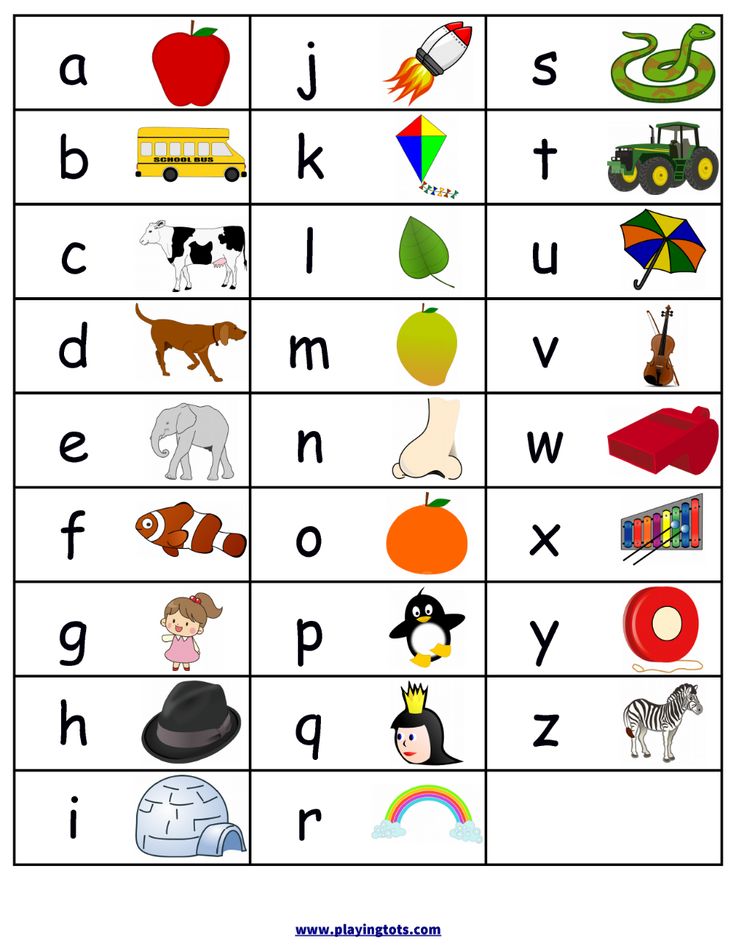
ABC Bracelets
Your little one will admire her “letter of the day” every time she glances at her wrist. And tomorrow she’ll get a brand new bracelet to “show off” to family and friends!
Tactile Letter Cards
Children learn about the world around them through their senses. Our tactile letter cards let children use their sense of touch to learn about uppercase and lowercase letters.
Make Your Own Fabric Alphabet
Playing with the alphabet is a great way to help your preschooler get ready to read. This easy-to-make, soft, and colorful alphabet turns learning letters into a tactile activity.
“Feed the Puppy” Alphabet Game
Our “Feed the Puppy” Alphabet Game lets kids practice the names of the letters in a super-fun way. After all, who doesn’t love learning with a cute puppy?
Alphabet Picture Books
Alphabet picture books are the perfect way to increase letter knowledge. No crafty mess required! All you need are books, a comfy couch, and a cuddly preschooler.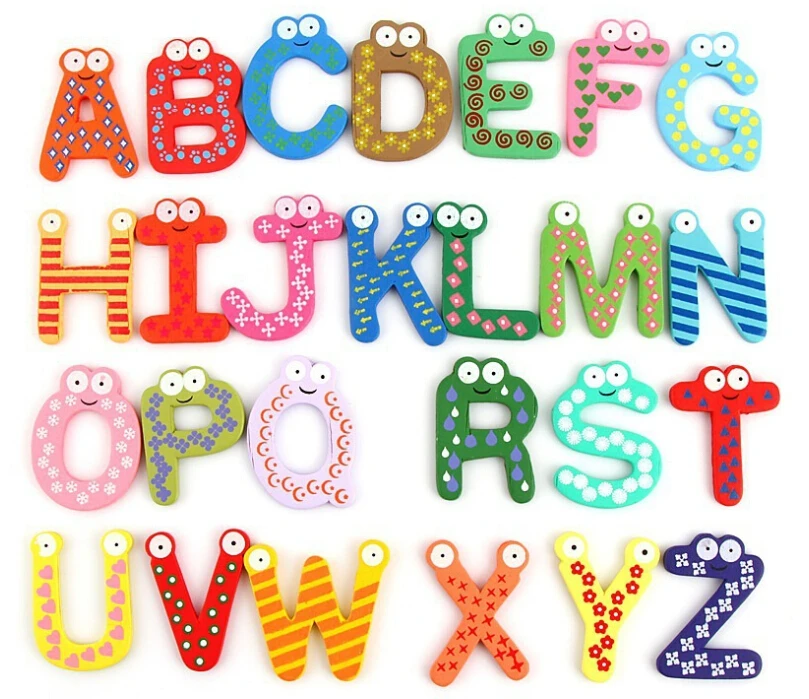
These activities will give your child hours and hours of fun while helping prepare him for formal reading instruction.
Keep Track of Which Letters Your Child Knows
When you are teaching letters to your child, make sure that you get to the end of the alphabet. This may seem obvious, but all too often, young children don’t master the last several letters. Be sure that your child knows U, V, and W as well as he knows A, B, and C!
To help you keep track of which letters have been learned, you can download this great little alphabet progress chart. Post it on your fridge or playroom wall.
Letter Knowledge Is One of the Big Five Skills
Did you know that there are five skills that your child should master before beginning formal reading instruction? We call them the “Big Five Skills” and these skills lay the foundation for learning to read. In fact, they’re so important that we cover all of them in the All About Reading Pre-reading program.
If you’re ready to tackle the rest of the Big Five Skills, be sure to check out the All About Reading Pre-reading program. Your student will enjoy special games, crafts, and story time read-alouds, and you will love the way your student effortlessly learns essential pre-reading skills.
Which of these letter recognition activities are you going to try out first? Let me know in the comments below!
___________________________________
1. Mason, Jana M. (1980). When do children begin to read: an exploration of our year-old children’s letter and word reading competencies. Reading Research Quarterly, 15, 203-227.
2. Bond , Guy L., and Dykstra, Robert (1967). The cooperative research program in first-grade reading instruction. Reading Research Quarterly, 2, 5-142.
3. Chall, Jeanne S. (1967). Learning to read: The great debate. New York: McGraw-Hill.
4. Chomsky, Carol (1979). Approaching reading through invented spelling.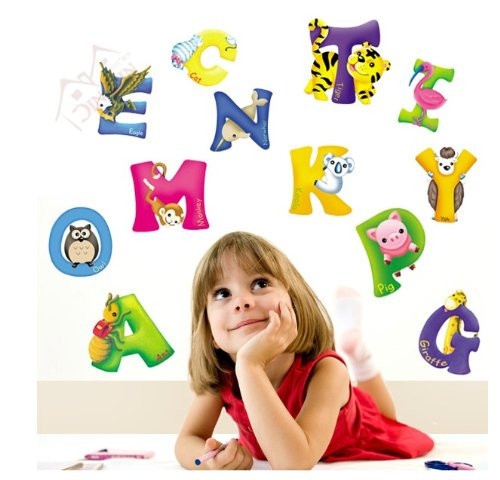 In L. B. Resnick and P. A. Weaver (eds.), Theory and practice of early reading, vol. 2, 43-65. Hillsdale, NJ: Erlbaum Associates.
In L. B. Resnick and P. A. Weaver (eds.), Theory and practice of early reading, vol. 2, 43-65. Hillsdale, NJ: Erlbaum Associates.
5. Mason, Jana M. (1980). When do children begin to read: an exploration of our year-old children’s letter and word reading competencies. Reading Research Quarterly, 15, 203-227.
6. Read, Charles (1971). Preschool children’s knowledge of English phonology. Harvard Educational Review, 41, 1-34.
5 Ways to Learn the Alphabet Quickly and Easily with a 3-6 Year Old Child – Somersault
Before learning the alphabet with a child, it is important to understand what you are not going to do. Namely, learning to read. This is a more complex skill, so it is worth putting it off until the time when the child gets acquainted with all the letters and will confidently recognize them and write on their own. Until then, put off the alphabet and reading by syllables.
In this article, we have put together the basic principles to quickly learn the Russian alphabet with a 3-6 year old child in a playful way. For all games with letters, you can use plasticine, paints and any improvised means or magnetic letters - they will easily attract the attention of the child.
For all games with letters, you can use plasticine, paints and any improvised means or magnetic letters - they will easily attract the attention of the child.
Contents:
- Learn the Alphabet Easily: Basic Principles
- 5 ways to learn the alphabet with your child
- From alphabet to reading
How to Learn the Alphabet Easily: Basic Principles
Each child can find an easy way to learn the alphabet that suits him or her, but there are basic principles that are important for all children. If you do not follow them, study will turn into drill and the child is unlikely to ever love to read. Here are a few such principles on how to properly learn the alphabet for a child.
- Learn sounds first, not letters . At the first stage of learning, it does not matter how the letters in the alphabet are called correctly.
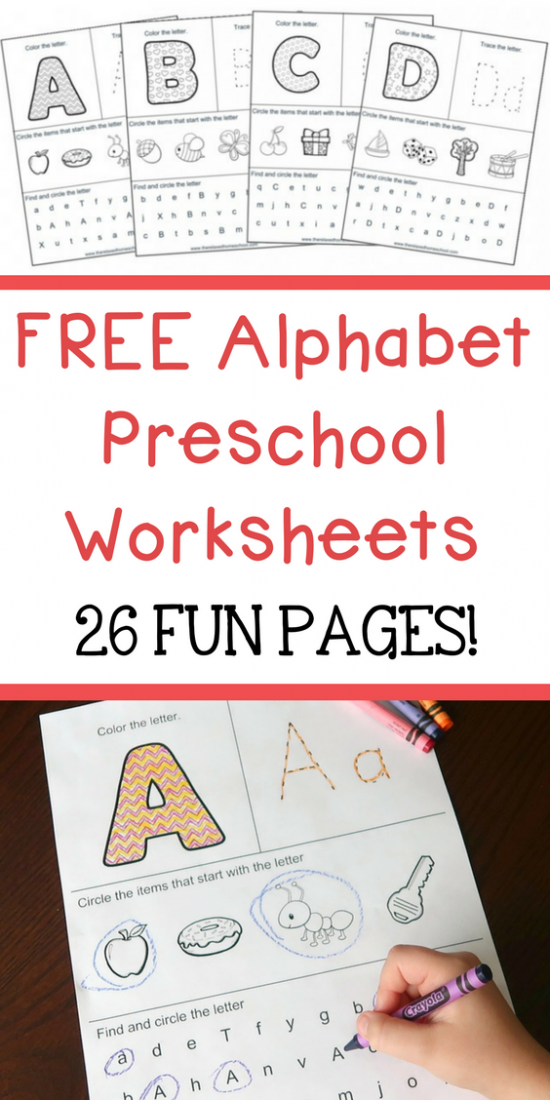 Now only sounds are important for the child - "d", and not the letter "De". The names of the letters will only confuse the child, who first needs to learn to recognize the shape of the letters and their sound.
Now only sounds are important for the child - "d", and not the letter "De". The names of the letters will only confuse the child, who first needs to learn to recognize the shape of the letters and their sound. - Not learning the alphabet in the correct sequence . Until a child goes to school, it is of no use to him to know how the letters are arranged in the alphabet. This information will only distract him from what is really important: how the letters look and sound. The sequence of the alphabet can be learned later or even at school, where this knowledge will be tested by the teacher.
- Do not turn learning into a lesson . Learning from call to call is difficult even for children at school, let alone a baby. Therefore, all learning should take place in a playful way and not for long: 5-7 minutes a day to get acquainted with the letters will be enough. Gradually, this time can be increased, especially if the child likes the proposed games with letters.
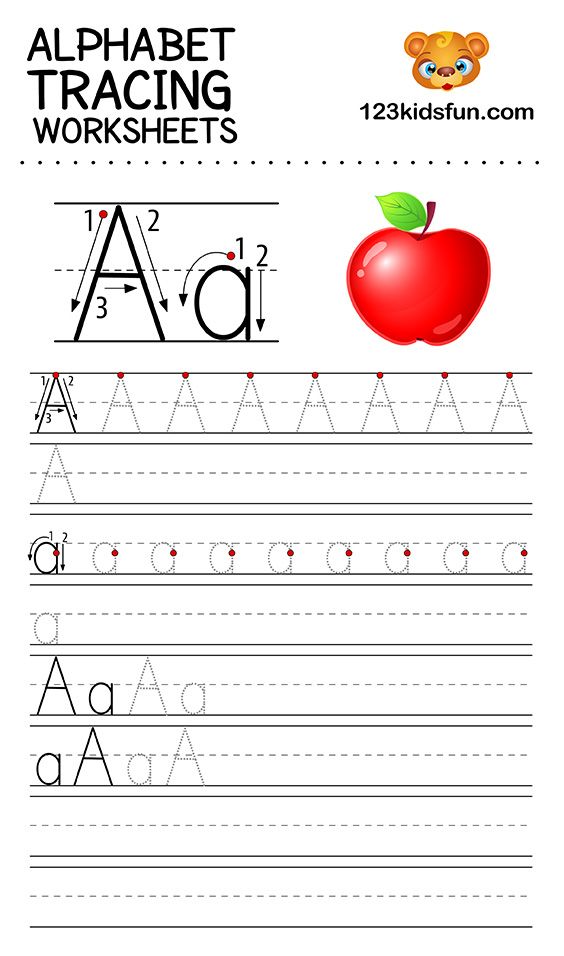
- Use material objects . At the age of 3-6 years, the child learns the world by touch and taste. It is difficult for him to work with abstract letters spoken aloud. Therefore, it is better to stock up on plasticine and paints and create letters that are more understandable to the child and can be touched. Such a game for children will allow the child to learn the letters of the alphabet and he will recognize them in different forms regardless of what they are made of.
- First vowels, then consonants . Vowel sounds are easier to pronounce, so it's worth starting with them.
The main thing is not to force anyone. If you see that the child is inquisitive, enjoys exploring the world and is ready to learn, you can move on to learning letters and the alphabet. So the child will be happy to learn the alphabet in a playful way and gradually learn to read. So that the game is not abstract, you can use the magnetic letters TUMBLING.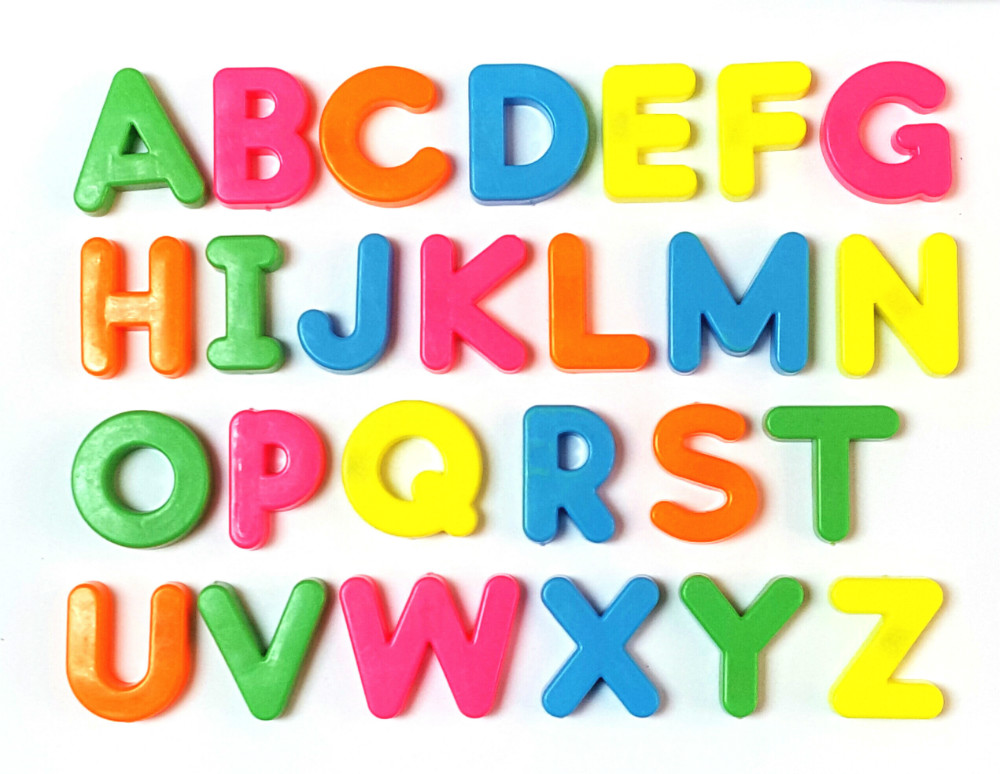
5 ways to learn the alphabet with your child
1. Use an interesting topic to study
Use your child's interest to spur his motivation to learn. For example, if your kid is crazy about cars, let them be the topic in which you learn the alphabet. Use any words related to cars:
"A" - bus
"B" - trunk
"C" - driver, etc.
You can show cars and their parts, draw or sculpt from plasticine. It is important that the child's focus shifts from learning to doing what they love. Additionally, the method will help expand vocabulary and knowledge about the world.
2. Cross out a letter of the alphabet in the list
Fill in a small square with arbitrary letters. The task is to cross out only the letter that you are studying. This will help the child focus on one letter and not get distracted by the ones he doesn't remember or don't know.
3. Pulling the letters of the alphabet out of the pouch
The soft-touch magnetic letters are perfect for this method.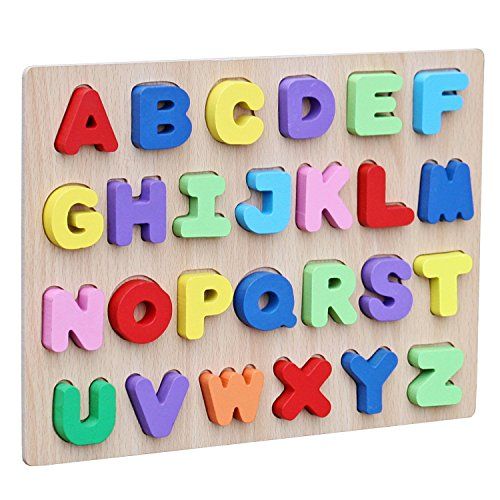 Put the letters in a bag and give the child the task, without looking, to pull out only the letter that you thought of. Let there not be too many letters in the bag, otherwise the child will get confused. 6-7 pieces will be enough. To start, use letters that are very different in shape, such as "O" and "M". Gradually, the complexity can be increased and searched among similar letters, for example, "K" and "X". Don't forget to praise and encourage your child. You can alternate the learning process with desktops.
Put the letters in a bag and give the child the task, without looking, to pull out only the letter that you thought of. Let there not be too many letters in the bag, otherwise the child will get confused. 6-7 pieces will be enough. To start, use letters that are very different in shape, such as "O" and "M". Gradually, the complexity can be increased and searched among similar letters, for example, "K" and "X". Don't forget to praise and encourage your child. You can alternate the learning process with desktops.
4. Recognize letters of the alphabet by ear
You pronounce a word, and if it contains a hidden letter, the child claps his hands.
With this game for kids, you can learn individual letters or the entire alphabet. For example, you name a word, and the child inserts its first letter into the insert frame. To stimulate your child's interest, you can use only words from his favorite topic, for example, the names of animals.
5. Guess words starting with the first letter
You choose one letter and think of a word that starts with that letter. For example, the letter "Z":
For example, the letter "Z":
- What is this animal with big ears and loves carrots?
- Hare!
This game form is again suitable for learning individual letters or the entire alphabet. If you learn only one letter, the child gets used to quickly recognizing it in different words. And if you give words with different letters, the child as a whole learns to understand with which letter they begin. With the study of the account and the English language will also help TUMBLING.
From the alphabet to reading
When a child learns the Russian alphabet, confidently recognizes all the letters in different words and can draw or mold them on his own, it is worth moving on to reading. Because you need to learn the alphabet just so that the child can read. If knowledge is not used, it will hang as an extra burden, and by the time school will be forgotten. Therefore, you should not learn the alphabet too early: at 3-4 years old, a child is simply not interested in reading books in order to learn something new.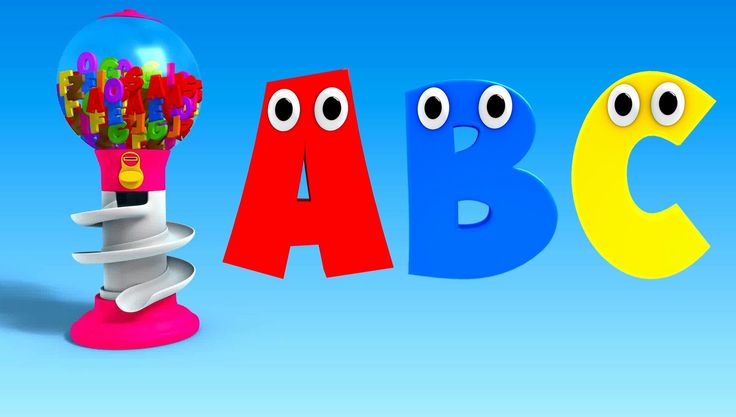 He is more interested when his mother reads. Conversely, by the age of six, the child will be glad to have his own books to read them himself.
He is more interested when his mother reads. Conversely, by the age of six, the child will be glad to have his own books to read them himself.
How to quickly learn the alphabet - learning letters with a child
Letters are all around us. The child sees them in books and magazines, on product packaging, in shop windows. He can't help wondering what it is. Over time, he begins to understand that adults can read, begins to copy his parents, having learned a poem or a fairy tale by heart, and pretending that he is reading a book.
Experts recommend teaching a child to read shortly before school, since at an earlier age his brain is not yet ready to perceive such information. You can learn sounds with it, learn to distinguish them in oral speech, start mastering the alphabet. This pre-letter period is very important, because thanks to it the child will be able to learn to read fluently and understand what he read.
At what age do you start learning letters?
Many parents are sure that a child's development should start almost from the cradle.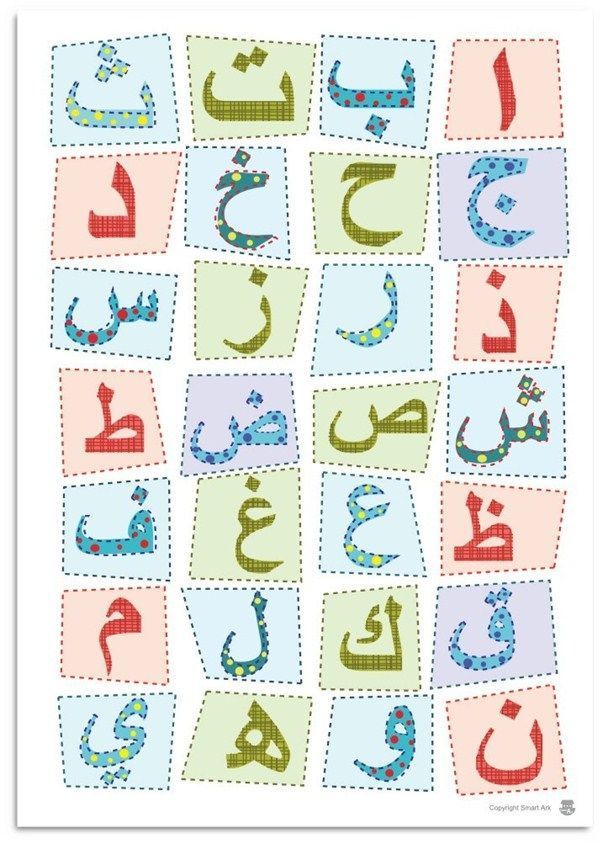 But neuropsychologists warn that learning letters and numbers before the age of 3 is harmful. At this age, the emotional and sensory sphere should be formed. If we force a child to learn, then we violate the laws of brain development, which can have negative consequences.
But neuropsychologists warn that learning letters and numbers before the age of 3 is harmful. At this age, the emotional and sensory sphere should be formed. If we force a child to learn, then we violate the laws of brain development, which can have negative consequences.
No specialist will tell you that at the age of 3 or 4 a child should know all the letters. Of course, if you wish, you can force him to learn the alphabet, but this will not be useful, but, on the contrary, can harm. The brain is ready for reading most often by the age of 5-6, and only in 20% of babies - by 4-5. Before this time, it is not worth studying letters.
But this does not mean that you can forget about the development of the child. At 3-4 years old, you need to work on the development of speech, teach the baby to ask and answer questions correctly, pronounce words, and study the world around him. You need to work on fine motor skills, teach him to dance, form a sense of rhythm, and so on.
These are the recommendations.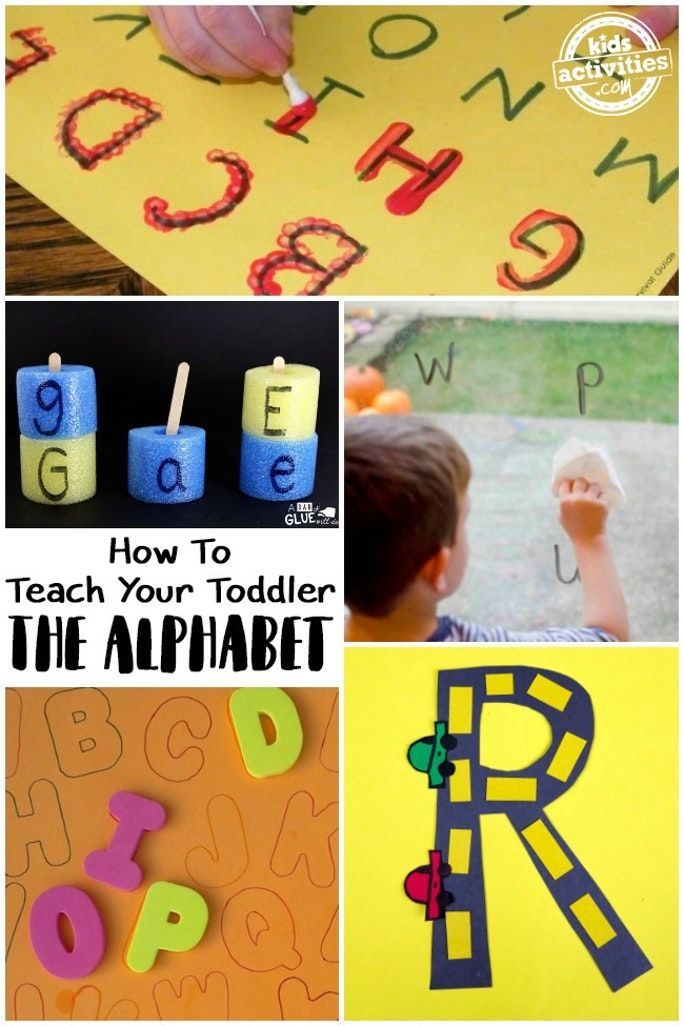 However, all children are different. If a child has shown a sudden interest in letters, it means it's time to start learning. And it does not matter if it manifested itself late, for example, at 6 years old. The child should want to read, only after that you can study with him.
However, all children are different. If a child has shown a sudden interest in letters, it means it's time to start learning. And it does not matter if it manifested itself late, for example, at 6 years old. The child should want to read, only after that you can study with him.
Psychologists note several signs that indicate a child's readiness for learning:
- The child perceives well what he has read by ear and can tell what the book is about.
- He knows how to build phrases, pronounce all sounds.
- Interested in what is written in a children's magazine, book or poster.
- Pretends to read, imitating adults.
If all these signs appear, you can start classes. You can’t put pressure on a child, force him to study, bribe him (“learn the letters - I’ll give you a chocolate bar”) - this will not achieve anything.
In those cases where the interest in letters appeared early, there is no need to give up classes. But do not overload the baby, work with him for no longer than 7 minutes, classes do not have to be done every day, you can take breaks of 2-3 days.
How to start learning the alphabet?
The child began to show interest in letters. No need to immediately load it with knowledge, cramming the alphabet. Move a little. The easiest way for children to remember the first letter of their name. Explain to him what this letter is, what it is called. You can ask him to find this letter in the text. Gradually, he will learn to highlight it, will pay attention to it. The first step has been taken.
Parents now trust their children's education to various children's tablets, phones and other similar toys. Remember that they are teaching letters, not sounds. Toddlers need to be taught precisely sounds, so it will be easier for them to master reading.
A letter is a graphic representation of sound, each has its own name. But learning to read, knowing only the names of the letters, is very difficult. Imagine that the child will need to read the word "ball". How will he do it? Just as he was taught: "beael".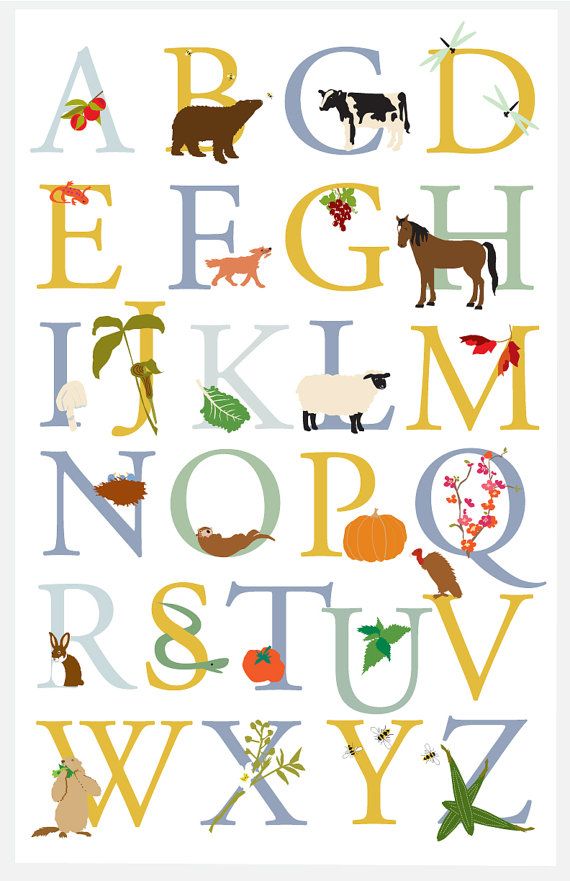 And all because he pronounces letters, not sounds.
And all because he pronounces letters, not sounds.
It is better to start learning with sounds, pronouncing them with the child. Parents themselves should not confuse sound and letter. Sound is what we hear. A bumblebee buzzes - this is a sound, a hammer knocks - this is also a sound. But far from all sounds we can get words. If we clap our hands, the sound will appear, but the word will not.
You can create a word from special sounds called speech sounds. Make sure that the child does not confuse the letter and sound. Explain to him that a letter is an icon that can be seen in a book or drawn on paper. Letters can be seen with the eyes and sounds can be heard.
General recommendations for teaching a child
If you decide to work with a child, remember the basic rule - he should be interested. You can't force him. At this age, the easiest and most accessible way of learning is through the game.
It is difficult for kids to concentrate, to sit in one place for a long time, so classes should be short, 5-10 minutes each.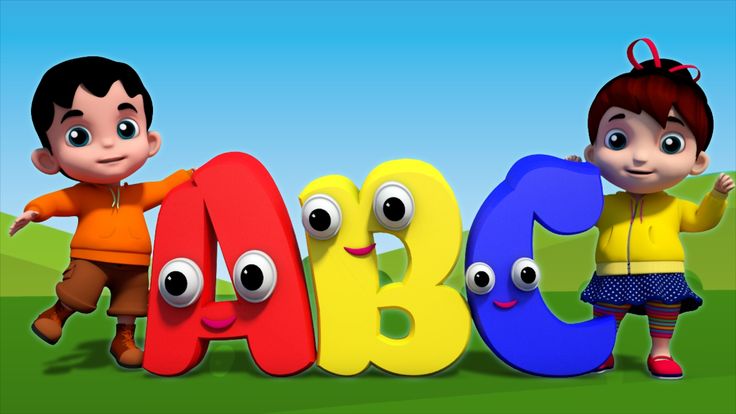 As soon as you notice that he has become bored, switch to something else. If he forgot everything that you went through, do not get annoyed, repeat again until he remembers. If you overload your child with information, he will develop an aversion to learning.
As soon as you notice that he has become bored, switch to something else. If he forgot everything that you went through, do not get annoyed, repeat again until he remembers. If you overload your child with information, he will develop an aversion to learning.
At an early age, a child develops visual-figurative thinking, and only then - abstract-logical. This means that it is useless to draw letters on paper or a board. So you can't learn them. For him, it will be just a set of dashes.
The child needs a visual association. For example, if you are learning the sound "a", you can show him a picture of a watermelon or any other item that starts with that letter. Stock up in advance with soft cubes with letters, bright cards, coloring books, beautiful colored primers.
Do not learn letters in alphabetical order. It is better to start learning with vowel sounds. The letters that are most often found in speech are studied first, then you can move on to rarer ones.
How to learn vowels?
First, explain to your child that all words are made of sounds, just as houses are made of bricks.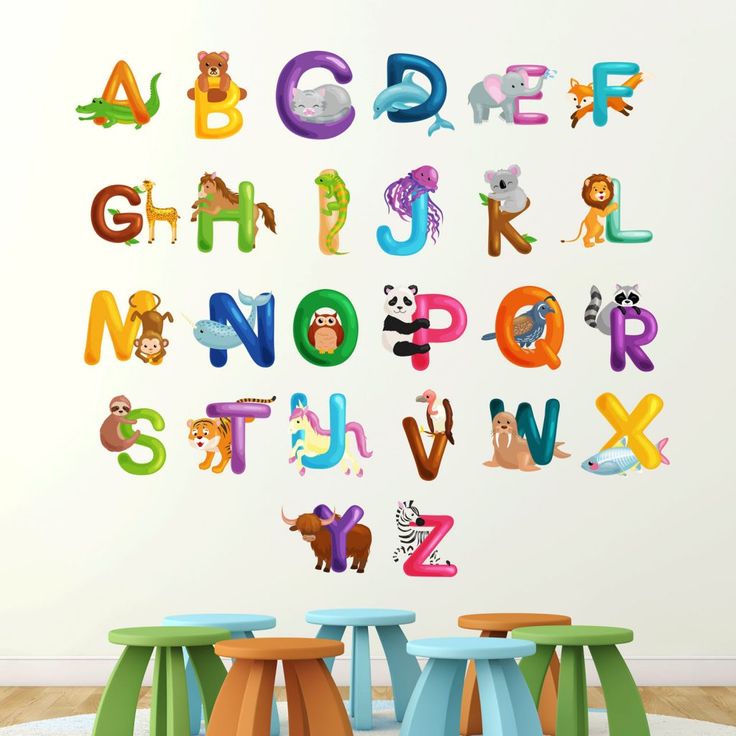 The more sounds in a word, the longer it is. After that, you can proceed to the study of sounds.
The more sounds in a word, the longer it is. After that, you can proceed to the study of sounds.
Start with "a" . You can show the baby pictures that show objects whose names begin with this letter. Draw with him the mouth that makes this sound, note how we open it wide. Let him try to name the words that begin with this letter. Do not overload the child: 1 lesson - 1 letter.
Try to consolidate the acquired knowledge. So you go to the kindergarten, you saw a pharmacy, let the kid try to find the letter that you studied. Bought a children's magazine, see if the title has the letter "a" . You can mold a letter from plasticine or dough, cut it out of paper. You can lay it out of sticks or sand.
It will be much easier for you to captivate your baby if you always have blocks with letters, bright books, cards at hand. You can sing a song about a letter or listen to a cheerful verse.
So, study all the vowels one by one. At the end, you can explain that the sounds that you have already learned are called vowels. These are sounds that can be sung. Try to sing together "a-a-a" or "u-u-u" .
These are sounds that can be sung. Try to sing together "a-a-a" or "u-u-u" .
Remember that we have 6 vowels ( a , o , y , e , s , and ) and 10 vowels. The letters i , e , i , i consist of 2 sounds. It is better to postpone the study of the latter for later, because there is no sound "i" , i is a letter consisting of 2 sounds. Do not confuse the child so that later educators and teachers do not have to retrain him.
How to learn consonants?
After you have learned the basic vowels ( a , y , and , o ) you can move on to the consonants. You need to start with the simplest consonants ( b , p , m , n , t , g ).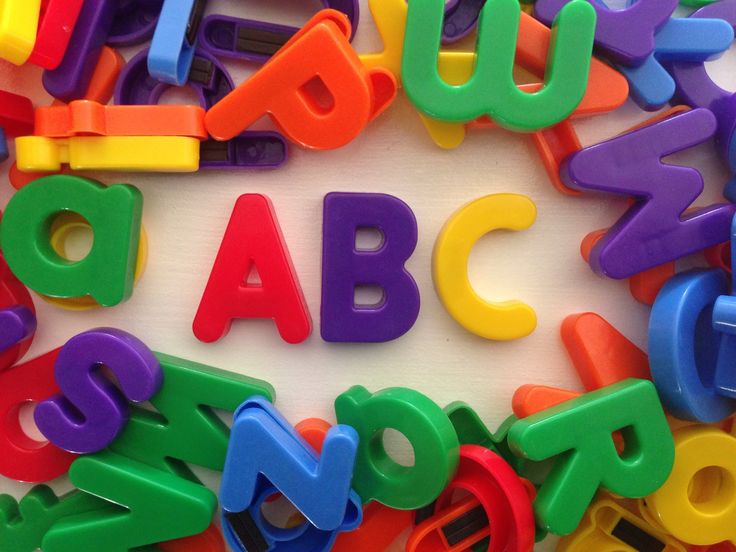 And here again we remember that we are teaching the child sounds, not letters. We know what to say0005 em ", " en ", " be ", but children don't need to know this yet. The child must learn that this is the sound " mm " or the sound " nn ". After the baby learns simple consonants, you can proceed to the study of hissing.
And here again we remember that we are teaching the child sounds, not letters. We know what to say0005 em ", " en ", " be ", but children don't need to know this yet. The child must learn that this is the sound " mm " or the sound " nn ". After the baby learns simple consonants, you can proceed to the study of hissing.
Just like with vowels, knowledge needs to be consolidated. Children may confuse letters. To prevent this from happening, play associations. You can ask the children to think of what this letter looks like. Look for objects on the street that resemble this letter. For example, you walked past the horizontal bar, it is shaped like the letter " p ", or look at the doorway, also resembles " p " in shape. Fold it out of pencils, look for it in store signs.
Alphabet Learning Methods
There are several popular methods for teaching children to read and memorize the letters of the alphabet. You can use them, especially since specialists worked on them. But, no matter what method you work with, it is important to remember that your classes should not resemble lessons at school.
You can use them, especially since specialists worked on them. But, no matter what method you work with, it is important to remember that your classes should not resemble lessons at school.
Children at this age should play and get the information they need through games. Therefore, after a short training part, immediately proceed to an interesting, gaming one. Creative activities are also very useful, with the help of which you not only study letters, but also develop the child’s fine motor skills, improve his drawing and coloring skills, and strengthen the ability to use scissors.
Games and game exercises
There are a huge number of game exercises that will help you consolidate knowledge. We will give a few examples.
1. Find words with the right sound . You need to prepare cards that show different objects. The child must choose among them those in which there is a studied sound. First, you can simplify the task: ask him to find words that begin with this letter.
2. Catch the sound . To stretch a little, mother and child walk around the room. Mom calls different words. As soon as the child hears a word with the desired sound, he stops and claps his hands.
3. Think of the word . Ask your child to come up with as many words as possible with a certain sound. You can do this in turn, for example, first the mother calls the word, then the baby.
The task needs to be complicated, that is, the sound can be not only at the beginning of the word, ask him to come up with a word in which this sound will be at the end or in the middle. For example, you are learning the sound "a". First, you select words that begin with this letter - apricot, orange, then those that end in "a" - Moscow, jellyfish or contain the sound "a" in the middle - mosaic, eye.
4. Determine where the sound is hidden. You need to draw a simple word scheme: three squares connected to each other. Each square denotes its own: the beginning of the word, the middle and the end.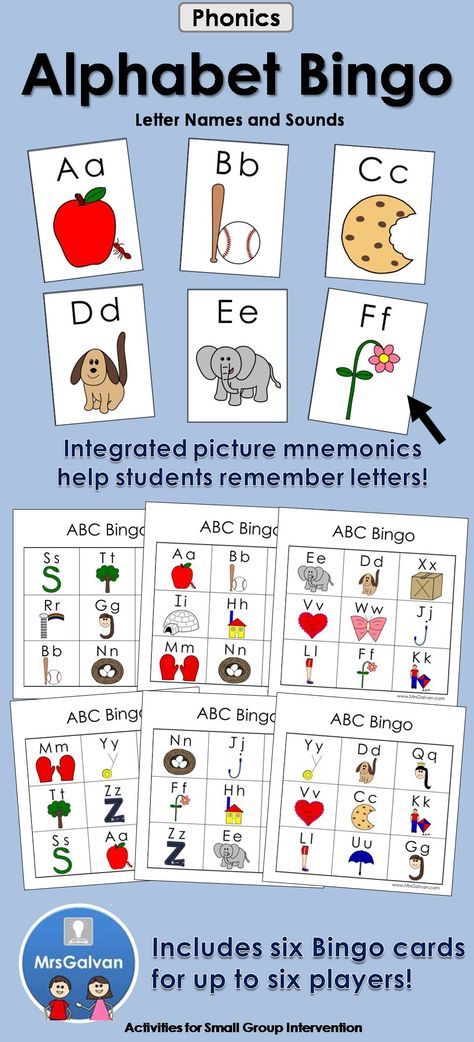 Put this word scheme in front of the child, give him a chip.
Put this word scheme in front of the child, give him a chip.
You name different words, and he must show on the diagram where the sound that you pass is located. For example, if you called the word "watermelon" (you can show a picture), the child must put the chip in 1 cell, and if the word "fox" - then in the 3rd cell.
5. Ball game . An adult throws a ball to the child and calls different words. If they have a letter being studied, he catches the ball, if not, then he does not catch it. To begin with, you can use words in which this letter is at the beginning, then complicate the task, that is, it can be in the middle or end.
Author's methods of learning the alphabet
There are several recognized methods of teaching reading, each of which can be devoted to a separate article.
Zaitsev's cubes
The basis of Zaitsev's technique is a game, that is, children just play with cubes (there are 52 cubes of different sizes in the set) and at the same time learn to read without making any effort. These games can be started from 6-12 months old, but up to 2 years old they are used like regular blocks, and children after 2 years old can start making words.
These games can be started from 6-12 months old, but up to 2 years old they are used like regular blocks, and children after 2 years old can start making words.
Zaitsev's main unit is a warehouse. It can consist of a consonant and a vowel, or a single letter. The basis of this method is the warehouse principle of reading. In addition to cubes, a large warehouse table is also used.
This technique has many advantages, the main of which is that any child can be taught to read. But there are also disadvantages, for example, over time, children will have to be retrained, because they remember that letters are indicated by one color, and the teacher enters his own colors, for example, red is a vowel. In addition, the child is used to the fact that words are divided into warehouses, and not into syllables. Yes, the benefits are very expensive.
Doman's cards
The neurosurgeon Glen Doman developed his technique for children with CNS disorders, but then it was also used to teach healthy kids.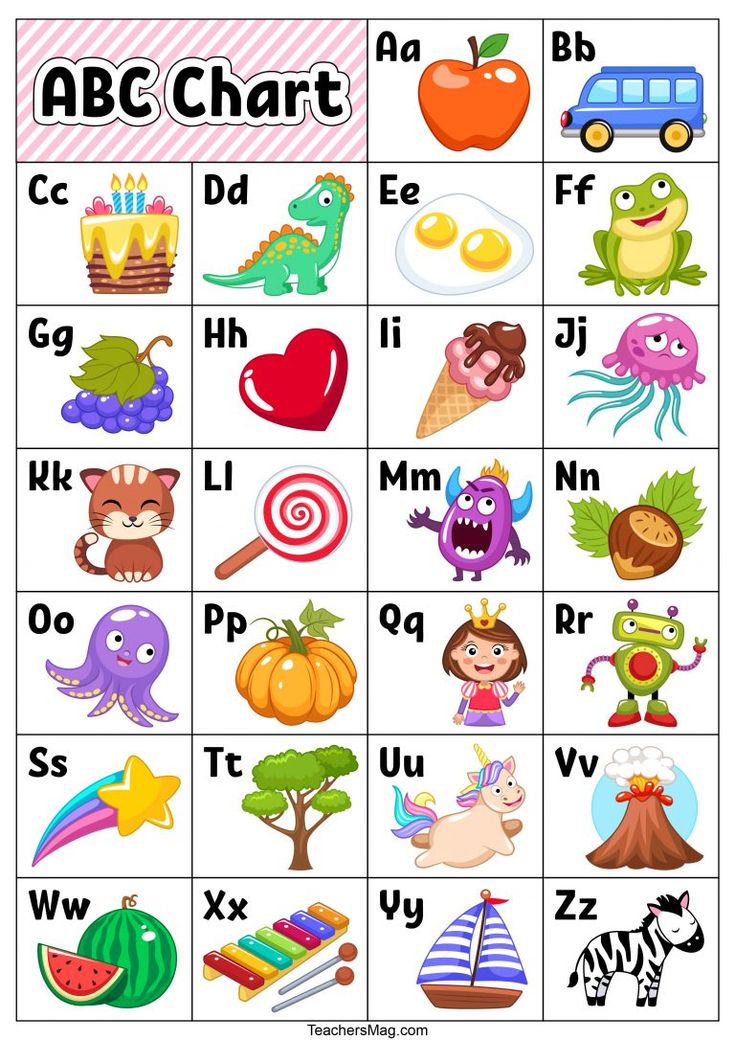 He recommends teaching children to read not by letter, but by words, since letters mean nothing to him, and words have real designations.
He recommends teaching children to read not by letter, but by words, since letters mean nothing to him, and words have real designations.
For this, whole words are written on the cards in large print (at least 7-10 cm), for example, “mother” or “dad”, which must be quickly shown to the child, voicing each word. With the help of this method, even a small child can be taught to read. Training is necessarily carried out at an early age; after 5 years, the Glenn Doman method no longer works.
Olga Soboleva's Methodology
The principle of this training is based on the "two-hemispheric" work of the brain. The teacher tries to use the dominant type of memory, that is, the material is divided into 3 groups: for kinesthetics, visuals and auditory.
Many of its techniques are also used by ordinary teachers when teaching traditional methods to make it more interesting for children to study. Well suited for creative children and parents, it is not recommended for families where logic and structure come first.
Polyakov's method
Its author came up with 7 steps of learning to read, 70 lessons in total. Each lesson is detailed. They are held in the form of a game, take no more than 10 minutes. Stages 1 and 2 are the study of letters, warehouses, reading in warehouses.
Sergei Nikolaevich Polyakov himself, unfortunately, is no longer alive, but his work was continued by his son, as well as teachers who practice this method. If you wish, you can purchase books that describe in detail how to conduct classes, as well as video files with examples of classes.
Creative exercises
To reinforce the acquired knowledge, it is useful to conduct creative activities. For example, you can make a beautiful alphabet together. We studied the letter - cut it out of cardboard. It is better to choose a dense material. If it is difficult for the baby, you can help him, and the child will decorate - attach beads, groats, sequins, beautiful fabric, etc.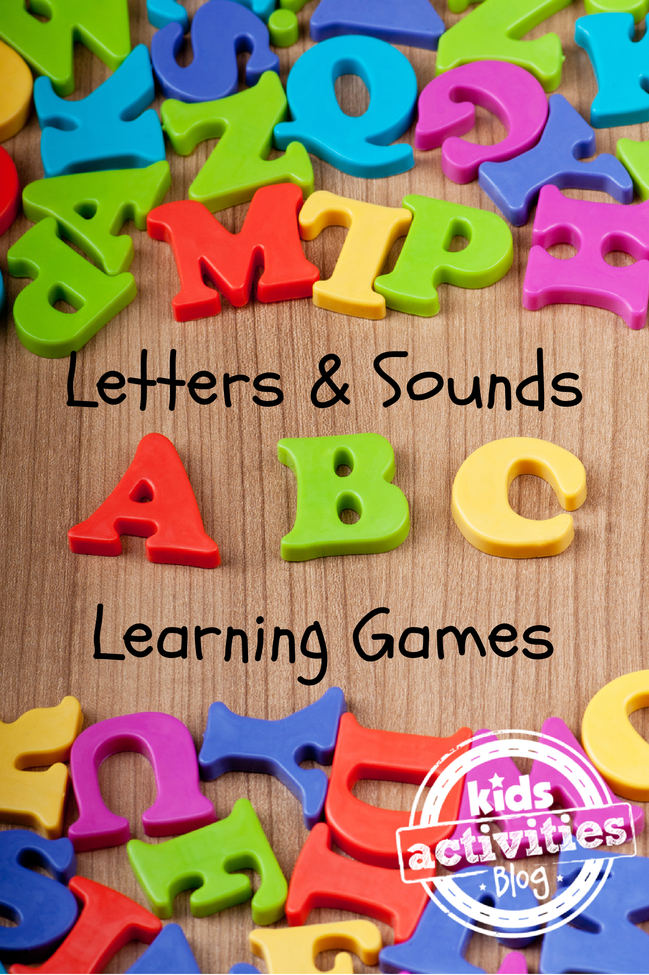 to it.
to it.
When you have collected the entire alphabet, you can decorate the children's room with it by connecting the letters into garlands, or hang it on the Christmas tree instead of toys. You can cut out paper blanks for letters, and the child must fold the whole letter from these parts.
Preschoolers love to draw and color. You can buy coloring books with letters, he will color them and remember what kind of letter it is. Or ask him to draw with felt-tip pens on paper, with chalk on a blackboard what you have already studied. But at this age, children should not be taught writing, this should be done by teachers in elementary school. The only thing you can teach your baby is to write in block letters.
If you are baking pies, ask your child to make familiar letters out of the dough. You can sculpt from plasticine or clay, decorate figures with cereals or peas. These activities will not only distract the baby from the TV, but also help develop fine motor skills.